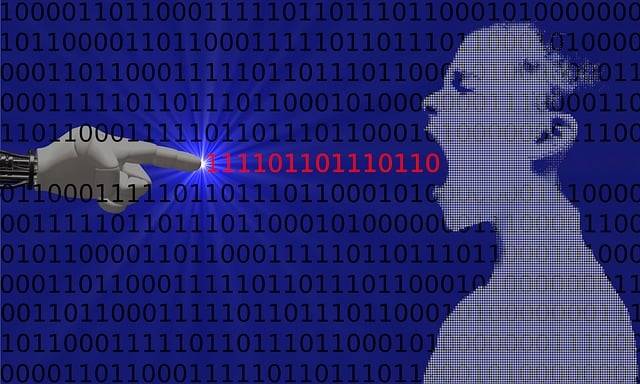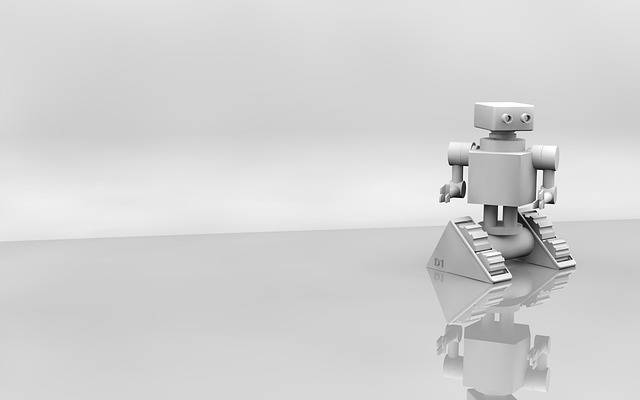The Role of AI in Predicting Urbanization Effects on Wildlife
Urbanization poses a significant threat to wildlife habitats worldwide. The expansion of urban areas leads to deforestation, fragmentation of habitats, and increased human-wildlife conflicts. Species that rely on specific habitats for survival are particularly at risk as their natural spaces are encroached upon by buildings and infrastructure.
As urban areas continue to grow, wildlife populations face challenges such as habitat loss, pollution, and increased mortality rates. Many species struggle to adapt to the changing landscape, resulting in declines in populations and biological diversity. Conservation efforts are crucial to mitigate the impact of urbanization on wildlife habitats and ensure the coexistence of humans and wildlife in urban settings.
Challenges Faced by Wildlife Due to Urban Development
Urban development poses a significant threat to wildlife as their natural habitats are increasingly being encroached upon by expanding cities. This leads to fragmentation of habitats, making it difficult for species to find adequate resources such as food, water, and shelter. Not only does this disrupt wildlife migration patterns, but it also results in a loss of biodiversity as certain species struggle to adapt to these rapidly changing environments.
Furthermore, urbanization exposes wildlife to a variety of human-made hazards, including pollution, vehicle collisions, and pets. These factors increase the mortality rate of many animals and can lead to population decline or even local extinctions. Additionally, the presence of artificial light in urban areas can disrupt the natural behavior of nocturnal species, affecting their reproduction and survival.
Benefits of Using AI in Predicting Urbanization Effects on Wildlife
AI technology has revolutionized the field of wildlife conservation by offering valuable insights into the potential impacts of urbanization on wildlife habitats. Through the analysis of vast amounts of data, AI can predict how urban development may alter landscapes and disrupt natural ecosystems. By harnessing the power of AI algorithms, researchers and conservationists can better understand the specific threats faced by wildlife species in urban environments and develop proactive strategies to mitigate these challenges.
One of the key benefits of using AI in predicting urbanization effects on wildlife is the ability to identify potential areas of conflict before they arise. By utilizing machine learning algorithms, AI can analyze patterns in land use changes and urban expansion to forecast how these developments may encroach upon critical wildlife habitats. This early detection can inform policymakers and urban planners on the most effective conservation measures to implement, ultimately helping to safeguard the biodiversity and ecological balance of urban landscapes.
AI technology revolutionizes wildlife conservation by offering insights into urbanization impacts
Analysis of data helps predict how urban development may disrupt natural ecosystems
AI algorithms help researchers understand threats faced by wildlife in urban environments
Proactive strategies can be developed to mitigate challenges
One key benefit of using AI in predicting urbanization effects on wildlife is the ability to identify potential areas of conflict before they arise.
By utilizing machine learning algorithms, AI can analyze patterns in land use changes and urban expansion to forecast encroachment upon critical wildlife habitats.
Early detection informs policymakers and planners on effective conservation measures.
Helps safeguard biodiversity and ecological balance in urban landscapes.
How does urbanization impact wildlife habitats?
Urbanization can lead to habitat loss, fragmentation, and degradation, resulting in reduced food sources, shelter, and breeding grounds for wildlife.
What are some challenges faced by wildlife due to urban development?
Wildlife may face increased competition for resources, exposure to pollutants, higher rates of vehicle collisions, and overall disruption of their natural behaviors and movements.
How can AI help in predicting the effects of urbanization on wildlife?
AI can analyze data on urban development, wildlife populations, and habitat characteristics to predict how urbanization will impact wildlife, allowing for better planning and conservation efforts.
What are some benefits of using AI in predicting urbanization effects on wildlife?
By using AI, researchers and conservationists can gain valuable insights into potential impacts of urbanization on wildlife, develop more effective strategies for mitigating negative effects, and prioritize conservation efforts in areas most at risk.






